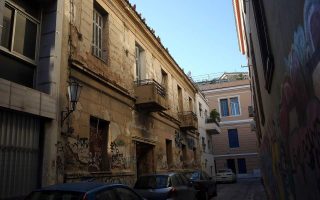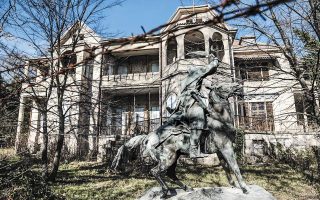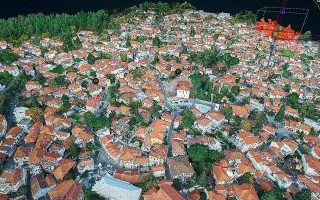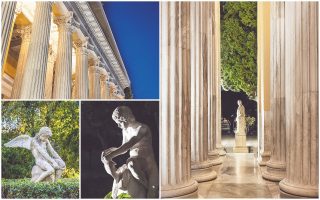The ancient ore mines of Lavrio hold fresh promise
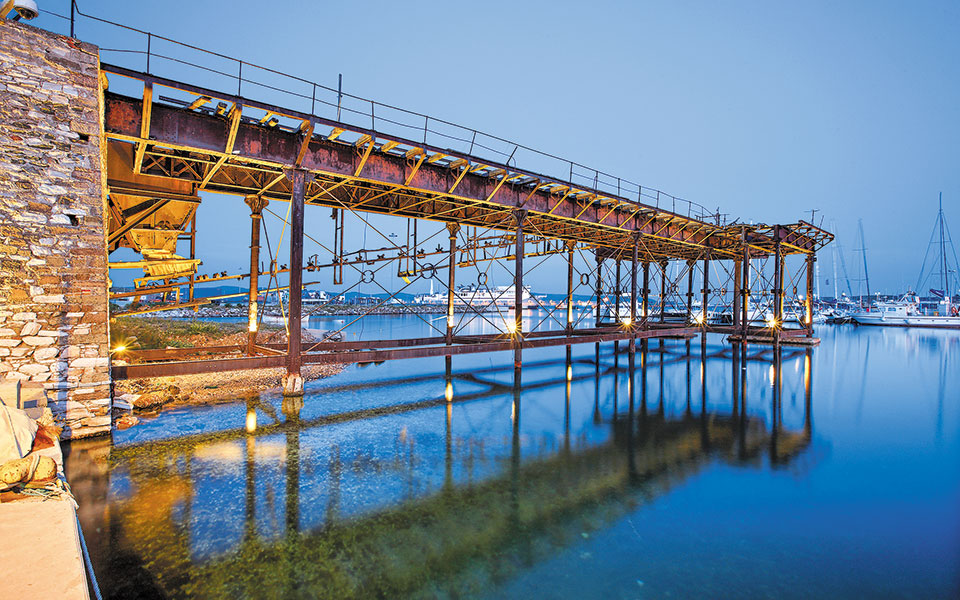
When the allied Greek cities found themselves facing the invading Persian Army in 480 BC, it was an existential battle between East and West. Greece, representing all the values of the West, as we know it today, used its “wooden walls” – its ships – to face the Eastern invaders.
Many historians have dealt with the “what if” question: What would the history of humanity have looked like if the outcome of the Battle of Salamis had been different. However, history is not written with “what ifs.”
The priestess Aristonike, with her famous second oracle, pointed to the solution for the Athenians: According to Herodotus, she said, “The wooden wall will be a salvation for you and your children, it will remain impregnable.” It took Themistocles’ bright mind, however, to convince the Athenians that the “wooden wall” did not refer to the old Acropolis fortification, but their fleet.
At the time of the Battle of Salamis, democracy in Athens was less than 30 years old. A Persian victory would have had an immense cultural effect both in the West and around the world. It would have changed the course of history significantly.
To write this significant page in Greek history, more was needed than the self-abnegation of the participants and Themistocles’ brilliance. And that was luck.
One significant variable that proved decisive for the Greeks, defenders of the West against the Persians, was the discovery in 483 BC of a significant deposit of silver in Maroneia (today Kamariza, west of the town of Lavrio). Themistocles, through his “Naval Law,” convinced the Athenians to give up their share of the silver found (10 drachmas each, about half a month’s wages for a craftsman) to fund the construction of 200 triremes for a “national cause.” The 200 triremes were among the 378 fielded by all Greeks taking part in the Salamis naval battle.
Without this “silver vein,” nothing would have been the same in this Athenian “Golden Age.” With the money from the Lavrio mines, Athens was saved.
Nowadays, the history of Lavrio is about to be highlighted again. Through an innovative collaboration, the Ministry of Culture, the Lavrio Municipality and the Hellenic Survey of Geology and Mineral Exploration (HSGME) have banded together to create a UNESCO-sponsored geological park in the area.
“The Battle of Salamis showed that you need not only national unity or strategic intelligence, but also an effective exploitation of national wealth to achieve a great national task,” Andreas Tsokos, HSGME director-general, tells Kathimerini. The mineral richness of Lavrio, which has greatly influenced Greek history, can now be used to provide the region with great development prospects.
According to the UNESCO website, Lavreotiki, the wider Lavrio area, “is a mineral and chemical museum, as its subsoil contains over 265 types of minerals, 6.8% of those known worldwide. Of these, the silver and lead ores galena and cerussite were heavily exploited in both ancient and modern times, while zinc and iron-manganese ores were particularly mined in the latter.”
The geological riches of the area, the otherworldly appearance of the old mines and the legacy left by centuries of mining activity are expected to tap a new, and different, vein of economic development.
HSGME is coordinating the effort to get the area onto UNESCO’s World Heritage List by creating a geological park in the area, which will contribute decisively to highlighting Greece’s thousands of years of mining activity. The supporting documents are close to completion and will soon be submitted to UNESCO for consideration.
There are precedents for including mining areas in UNESCO’s World Heritage List. Again, according to its website: “The Historical Landscape category includes two mining areas: the Iwami Ginzan Silver Mine and its Cultural Landscape in Japan, and the Cornwall and West Devon Mining Landscape in the UK.”
“The Attic land has historically had considerable potential, which we, as scientists, have the obligation to highlight. On the whole, the country’s geological wealth is inexhaustible, and up until now very little has been done to highlight its role,” says Tsokos. “We are starting from the Lavrio mines in an effort to inform Greeks about the potential and the achievements of such an important sector and we also try to familiarize younger generations with our natural wealth.”
Beyond the effort to create a geological park, there has been a project to curate a collection of mineral rocks, based in the former Olympic Village. The aim, Tsokos says, is “to develop this rich collection into a modern museum, to be visited by a greater number of schools than is currently the case.” The procedure of getting the collection recognized as a national geological museum by the Culture Ministry has already begun.
“Completing the museum will be a major project for HSGME, highlighting its role [as a promoter of mining activity], with multiple benefits for education and the Municipality of Acharnes that will host it,” says Tsokos. More than 2,500 years down the road, the silver vein still has a lot to offer.
